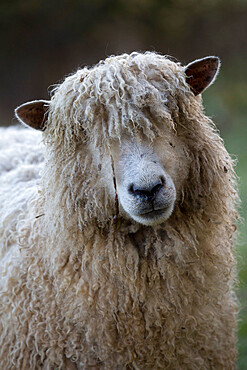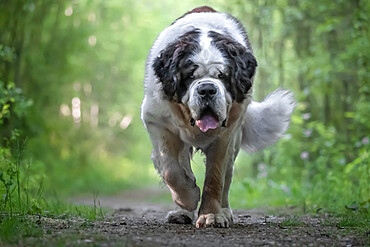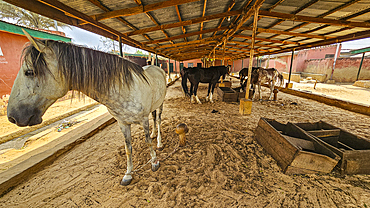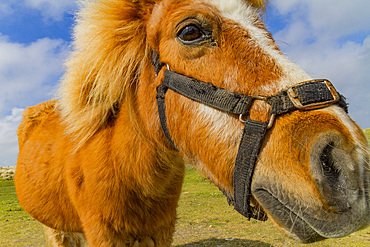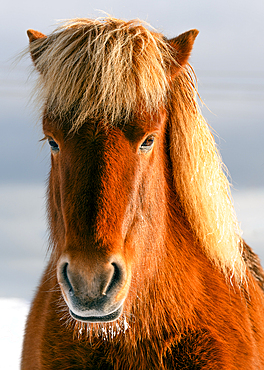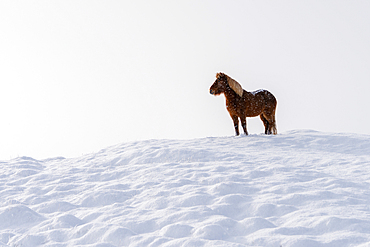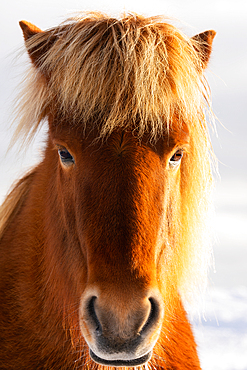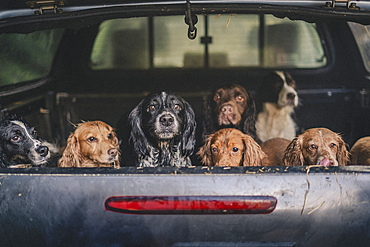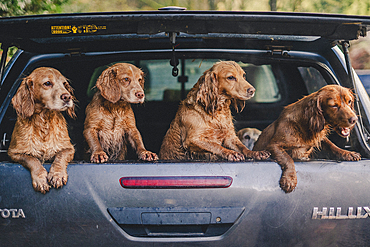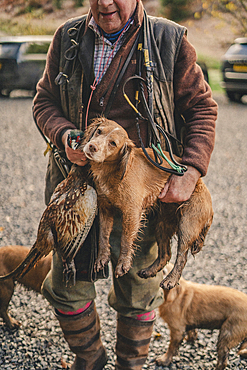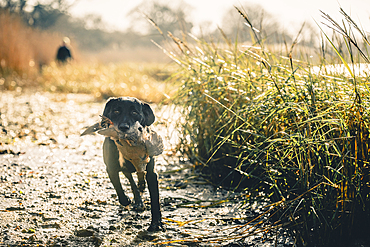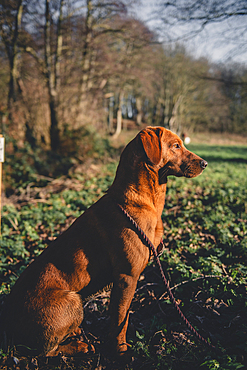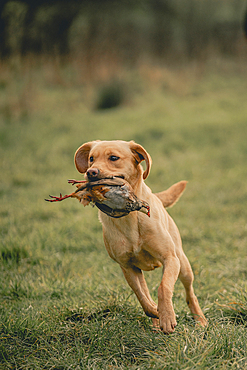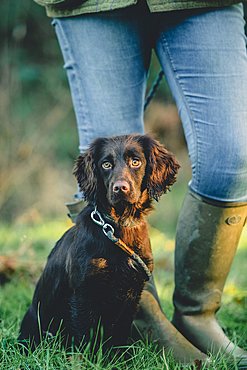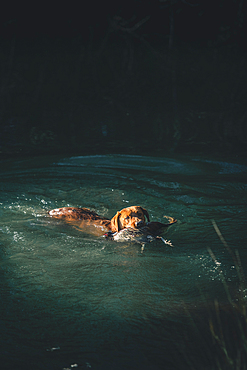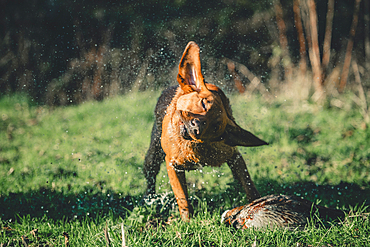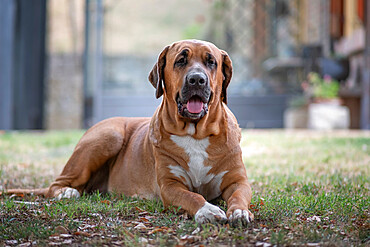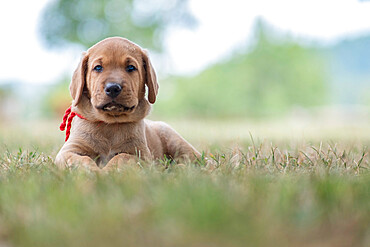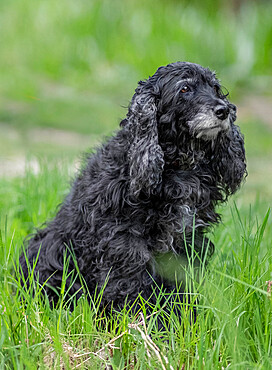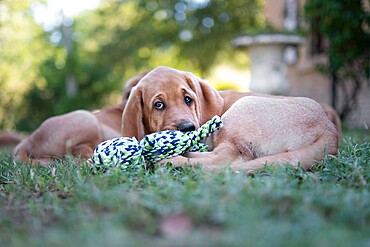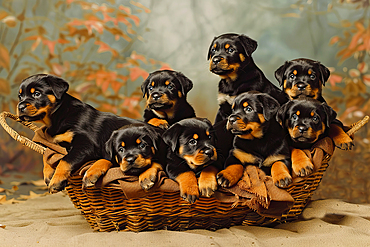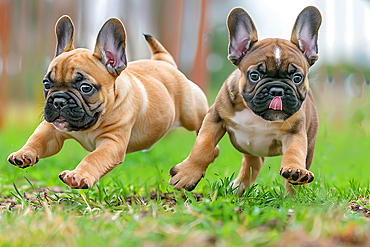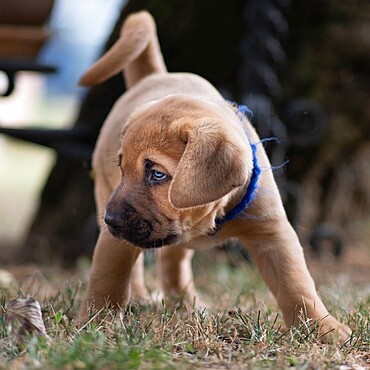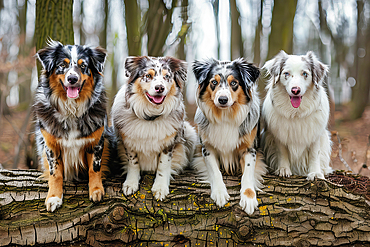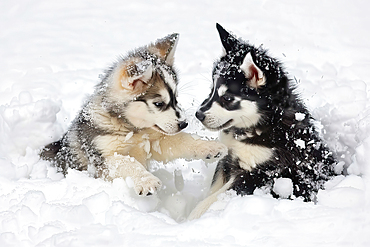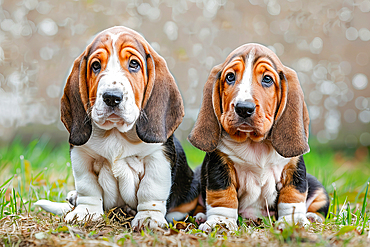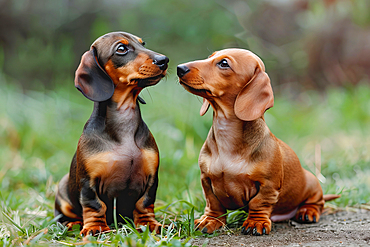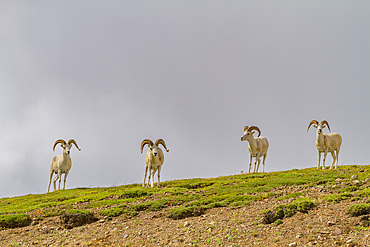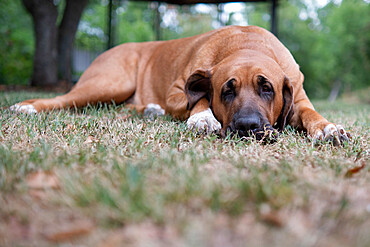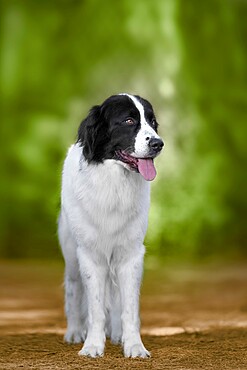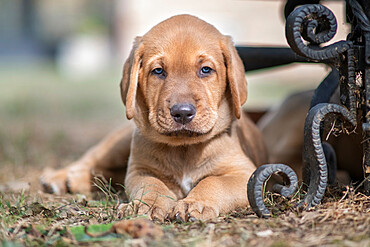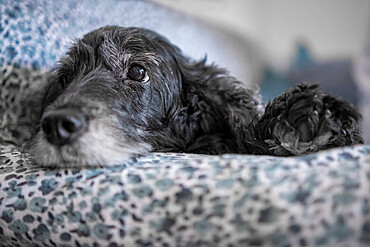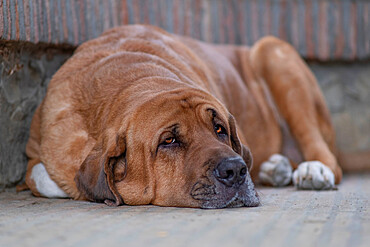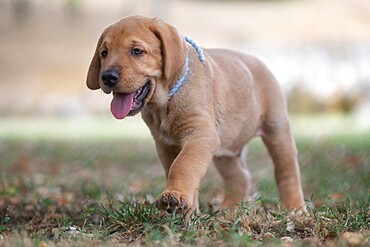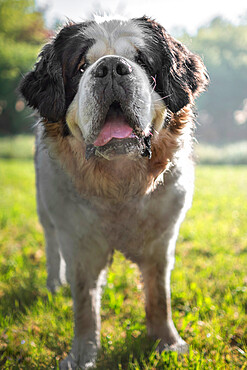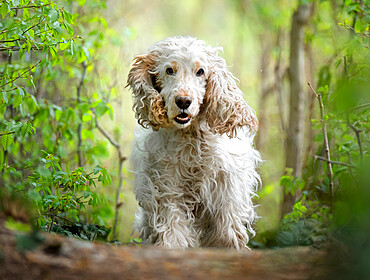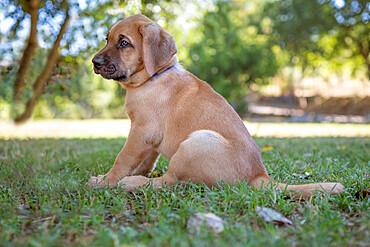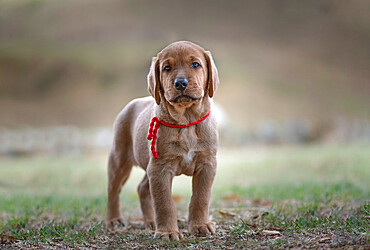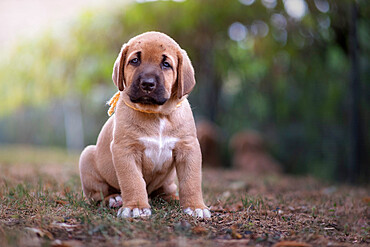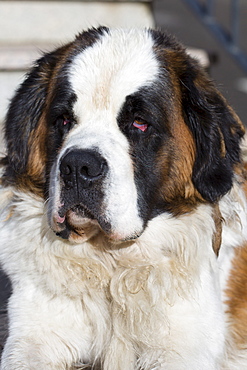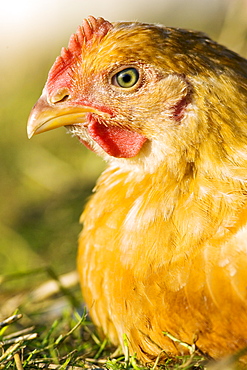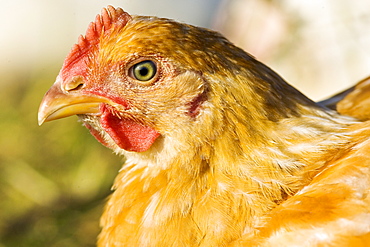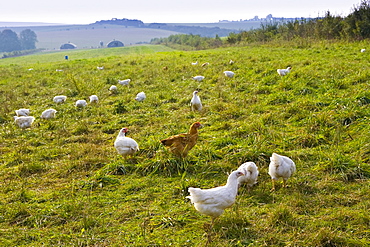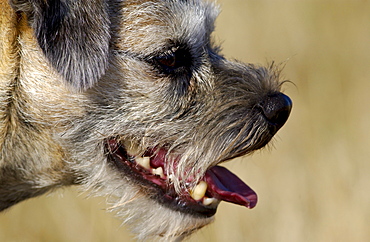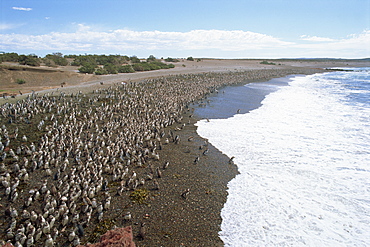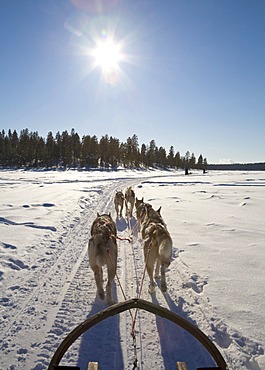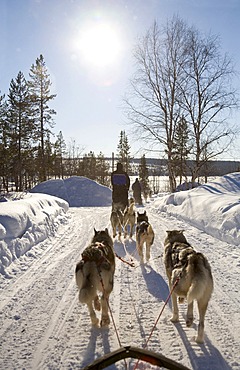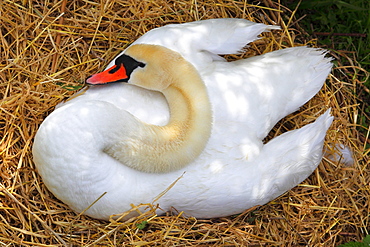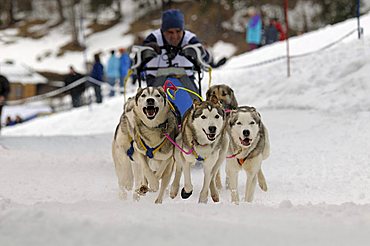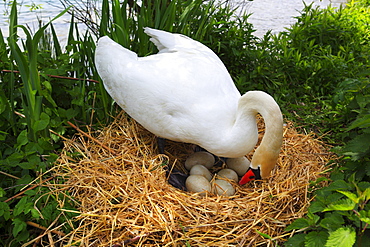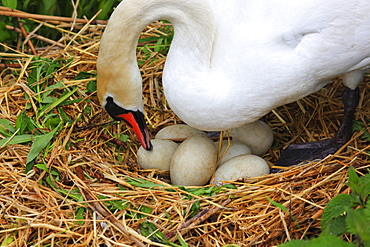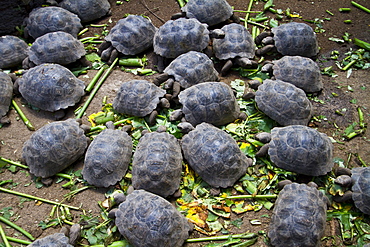Results
70 results found
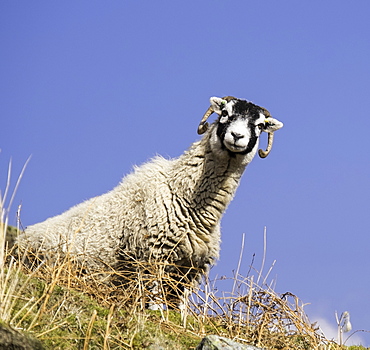
Close up of the traditional black faced Swaledale sheep found throughout the Yorkshire Dales, Yorkshire, England, United Kingdom, Europe
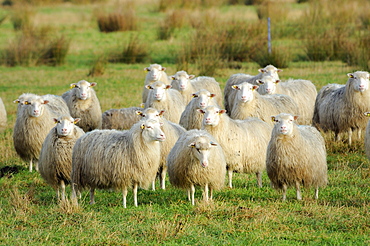
Diepholzer Moorschnucke (Moorland sheep) (Ovis aries), a rare old breed adapted to moorland living, Rehdener Geestmoor, Lower Saxony, Germany, Europe

Maremmana, a breed of cattle reared in the Maremma, Maremmana cows, Capalbio, Province of Grosseto, Tuscany, Italy, Europe
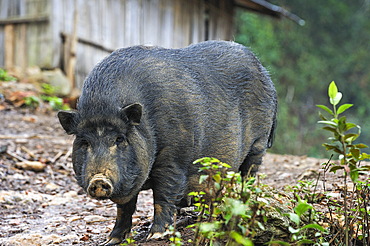
Sow in an Akha tribe village in the mountains surrounding Muang La, Oudomxay Province, northwestern Laos
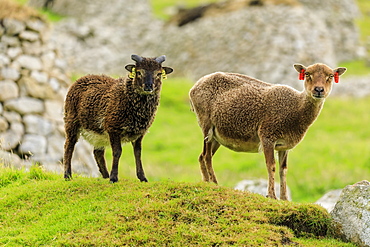
Wild Soay sheep and lamb, ancient breed, stone remains of village, Hirta, St. Kilda Archipelago, UNESCO World Heritage Site, Outer Hebrides, Scotland, United Kingdom, Europe

Wild Soay sheep and lamb, ancient breed, stone remains of village, Hirta, St. Kilda Archipelago, UNESCO World Heritage Site, Outer Hebrides, Scotland, United Kingdom, Europe
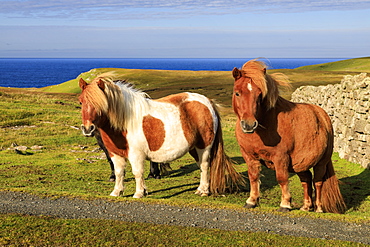
Windswept Shetland Ponies, a world famous unique and hardy breed, cliff tops of Northmavine, Mainland, Shetland Isles, Scotland, United Kingdom, Europe
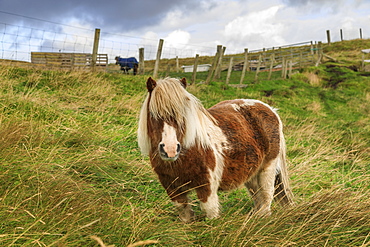
Red and white Shetland pony in field, a world famous unique and hardy breed, Westerwick, West Mainland, Shetland Isles, Scotland, United Kingdom, Europe
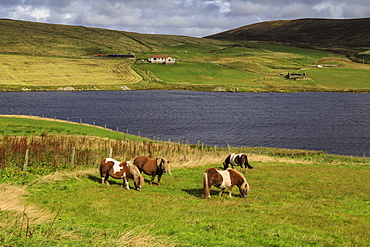
Shetland Ponies, a world famous unique and hardy breed, Aith Voe, East Burrafirth, West Mainland, Shetland Isles, Scotland, United Kingdom, Europe
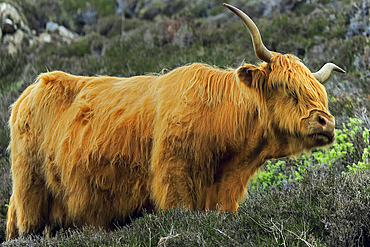
Highland cow with its distinctive long hair and horns, a hardy rustic beef breed that has been exported all over the world, Duntulm, Trotternish Peninsula, Skye, Inner Hebrides, Scotland, United Kingdom, Europe
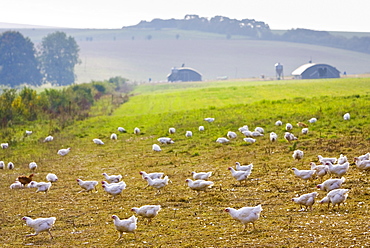
Free-range chickens of breed Isa 257 roam freely at Sheepdrove Organic Farm , Lambourn, England. Beyond are mobile roosting houses.
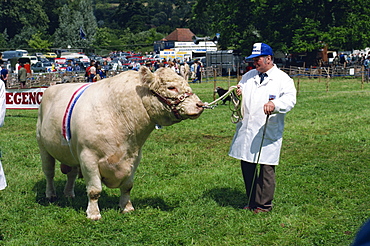
Man leading Beef Shorthorn rare breed bull at the Singleton Show, Singleton, Upper Hunter Valley, New South Wales, Australia, Pacific
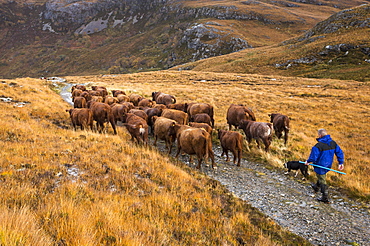
A farmer droves his cattle out of the remote Strath Na Sealga where they have been grazing over the summer, to take them in for winter time, near Dundonnel in the north West Highlands.
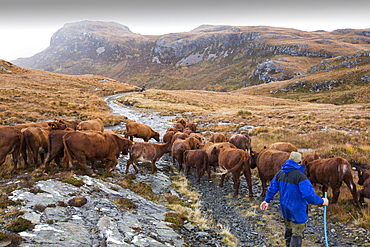
A farmer droves his cattle out of the remote Strath Na Sealga where they have been grazing over the summer, to take them in for winter time, near Dundonnel in the north West Highlands.
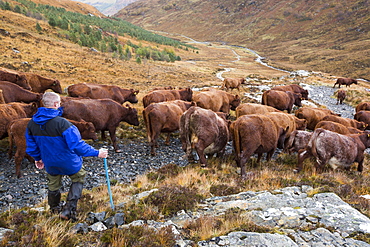
A farmer droves his cattle out of the remote Strath Na Sealga where they have been grazing over the summer, to take them in for winter time, near Dundonnel in the north West Highlands.
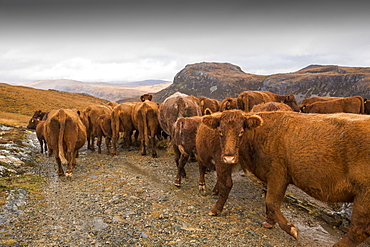
A farmer droves his cattle out of the remote Strath Na Sealga where they have been grazing over the summer, to take them in for winter time, near Dundonnel in the north West Highlands.

Herdwick sheep feeding on hay during a cold snap near Tarn Hows in the Lake District, Cumbria, England, United Kingdom, Europe

Herdwick sheep feeding on hay during a cold snap near Tarn Hows in the Lake District, Cumbria, England, United Kingdom, Europe
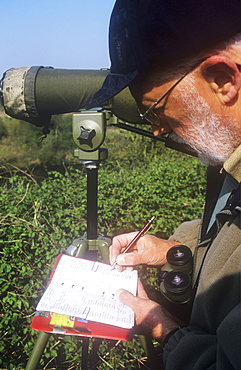
Tony Cooper a volunteer bird surveyor for the British Trust for Ornithology. Survey work undertaken over many years in the UK of birds has revealed birds reacting to climate change by changing range or starting to breed earlier.
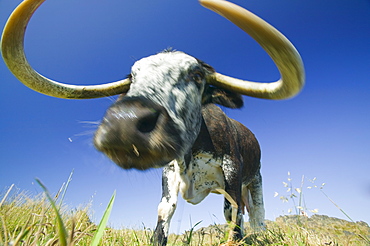
The ancient breed of English Long Horn cattle being used for habitat restoration to turn the Beacon back to heathland, Loughborough, Leicestershire, England, United Kingdom, Europe

Herdwick sheep feeding on hay during a cold snap near Tarn Hows in the Lake District, Cumbria, England, United Kingdom, Europe
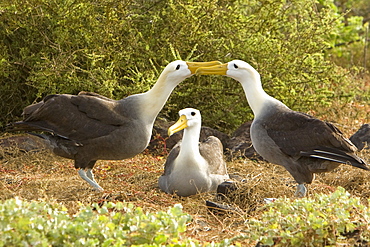
Adult waved albatross (Diomedea irrorata) at breeding colony on Espanola Island in the Galapagos Island Archipelago, Ecuador
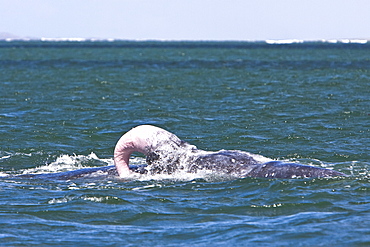
California Gray Whale (Eschrichtius robustus) in San Ignacio Lagoon on the Pacific side of the Baja Peninsula, Baja California Sur, Mexico
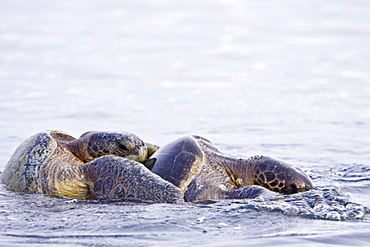
Adult green sea turtles (Chelonia mydas agassizii) mating (male on top of female) in the waters surrounding the Galapagos Island Archipeligo, Ecuador. Pacific Ocean.
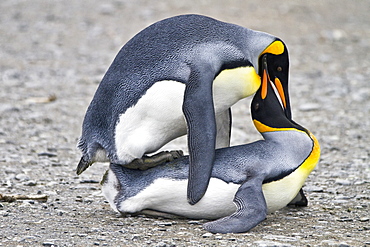
King penguin (Aptenodytes patagonicus) mating behavior at breeding and nesting colony at St. Andrews Bay on South Georgia, Southern Ocean.
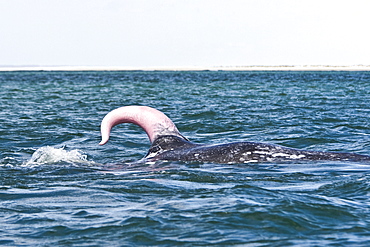
California Gray Whale (Eschrichtius robustus) in San Ignacio Lagoon on the Pacific side of the Baja Peninsula, Baja California Sur, Mexico
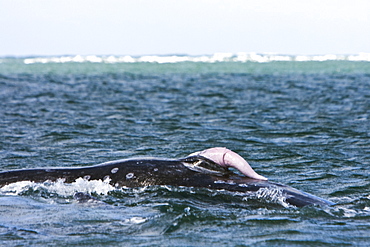
California Gray Whale (Eschrichtius robustus) in San Ignacio Lagoon on the Pacific side of the Baja Peninsula, Baja California Sur, Mexico
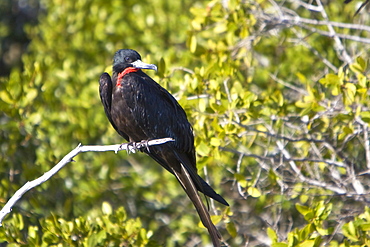
Adult male magnificent frigatebird (Fregata magnificens) near breeding colony on Isla Magdalena, Bahia de Magdalena, Baja California Sur, Mexico.

California Gray Whale (Eschrichtius robustus) in San Ignacio Lagoon on the Pacific side of the Baja Peninsula, Baja California Sur, Mexico
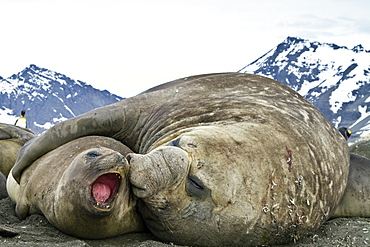
Southern elephant seal (Mirounga leonina) mating behavior on South Georgia Island in the Southern Ocean
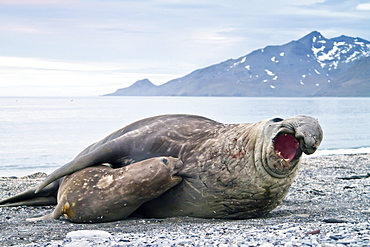
Southern elephant seal (Mirounga leonina) mating behavior on South Georgia Island in the Southern Ocean
